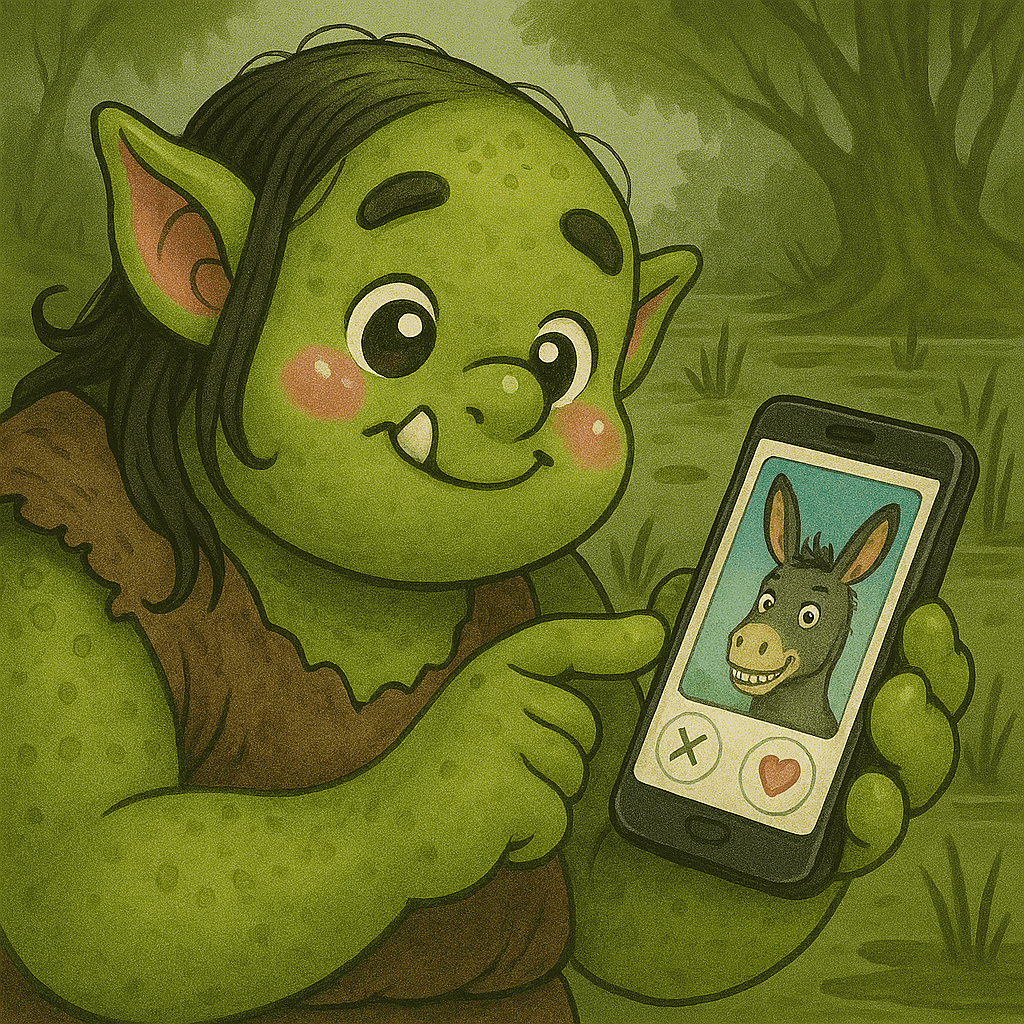What love and building products have in common
Year or two ago I read a book called “How to not die alone”. The author used several types to describe how people act regarding finding love. Let’s see how we can map those types onto product development.
Translating “Love Tendencies” to product development
| Type | In Relationships | In Product |
|---|---|---|
| Romanticizer | Believes in effortless, perfect love | Waiting for the “perfect idea” / “viral product” — “If the idea is great, it’ll take off on its own, so I don’t need to deal with marketing, I will just wait till when this perfect idea hits me in my sleep”. 🛑 Fantasy makes you passive, you need a feedback to grow. |
| Maximizer | FOMO victim, wants to pick the absolute best partner from all people in the world | Constantly tweaking, comparing competitors, rewriting, but never launching — “It’s not ready yet”. 🛑 Most ideas fail, you need to fail fast. You can’t know if it works until you see how it performs in the real world. The most “meh” idea can get 10k users — and your favorite concept might die in silence. |
| Hesitater | “I need to become better before I start dating” | Afraid to even start — “I need to read one more book on lean startups”. 🛑 Confidence follows action — not the other way around |

The winner in life is the Satisficer. “Satisficer” is one of the key terms in decision-making theory. People can’t always evaluate every option, so they choose a “good enough” option rather than the best one. Instead of maximizing — choose the first option that meets a predefined set of criteria.
- A satisficer defines key requirements (basic functionality; shared values/interests in a relationship) and chooses the first option that meets them.
- Doesn’t chase perfection — makes decisions that solve the problem here and now.
- Avoids analysis paralysis and spends less time comparing every possible option.
- Tends to feel content with their choices because they’re not obsessing over hypothetical “better” alternatives.
A maximizer might spend months comparing frameworks and rewriting the MVP. A satisficer thinks: “This tool works — not perfectly, but it solves the problem. Let’s go.”
Maximizer vs. Satisficer behavior in product development
| Behavior | Maximizer | Satisficer |
|---|---|---|
| Features | Wants the perfect killer feature, builds an endless backlog, delays release | MVP mindset: “Good enough to test” |
| Tech Stack Choice | Spends weeks choosing the stack — “What if there’s something better?” | Uses No-code for start |
| UI/UX | “We want it beautiful and perfect from day one” | “Let it be usable — we’ll polish later” |
| Product Decisions | “We need to handle EVERY edge case and scenario” | “Let’s cover 80% — iterations will guide us” |
| Release | “Not ready yet, just a bit more…” | “Ship it and learn from feedback” |
Being a satisficer isn’t laziness or compromise — it’s a rational strategy under constraints of time, attention, and information.
But most people I know are maximizers — in both relationships and product development.
Developers are the biggest maximizers in product building
Being able to code is a liability — you want to build everything yourself, and that slows you down. A dev who wants to start a blog first builds a custom CMS. Then a mailing system. Then a wow-feature to make everyone go “damn, you’re good.” Result? No blog posts. No emails. More than once, this thought popped into my head:
Thirty bucks a month for such a bare-bones feature set? I will just build it myself — I’m a developer, damn it.
Modern devs often look down on no-code tools: inefficient, overpriced, hacky. But no one’s saying you should build the entire product in no-code. That’d be silly. A prototype just helps you check if the idea has any traction — then rewrite it properly if it’s worth it.
Start with Meh.
Launch with what works — even if it’s meh: a buggy MVP, boring UI, or something built with no-code.
If you’re not embarrassed by your first version, you launched too late.
Aim for Wow.
Ideal UX, a magical feature, or perfect onboarding — these are direction markers, not KPIs.
Be happy with Okay.
Done > Perfect. Good enough is enough.
2025 © mehwowLinkedin